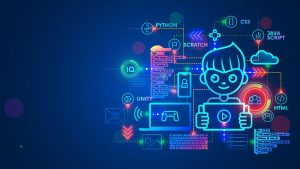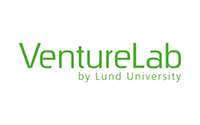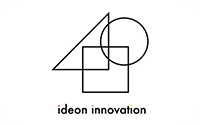The Internet of Things (IoT) is an expansive network of interconnected devices equipped with software, sensors, and connectivity that lets them gather, exchange, and interpret data. The magic lies not just in devices connecting but in collaborating to make autonomous, data-driven decisions.
Overview of how IoT devices work and communicate
IoT devices are often connected to the internet, allowing them to transmit data to central servers or other devices. They utilize standard protocols to ensure that different devices can ‘talk’ to one another seamlessly. From cloud storage to real-time processing, these devices rely on many technologies to process and act upon the data they gather.

Each device in the IoT network, be it a smart refrigerator or an industrial robot, collects data from its environment. This data is then transmitted, often wirelessly, to central servers, cloud platforms, or other devices for analysis. Using protocols like MQTT or CoAP, these devices ensure standardized, uninterrupted communication.
Examples of IoT devices and applications
Beyond household gadgets like smart thermostats or wearables, we see IoT in agriculture through soil and weather sensors, in logistics with fleet management tools, and even in urban planning with smart city solutions.
From smart thermostats that adjust temperatures according to your habits to smart city infrastructure that manages traffic flow, the applications are vast. The young generation is already getting a glimpse of these real-world applications.

The Benefits and Challenges of IoT
Discover the world of IoT, from streamlining tasks to optimizing operations. But, challenges like data security and interoperability exist. Join us to explore the transformative power of this groundbreaking technology.
Advantages of IoT
Beyond mere convenience, IoT revolutionizes sectors. In agriculture, for example, precise irrigation conserves water, and in healthcare, patient monitoring becomes non-invasive and continuous. Furthermore, real-time data access allows for enhanced decision-making in various industries.
Challenges of IoT
The interconnectedness of devices means a failure or breach in one can cascade through the system. A hacked baby monitor or a compromised smart lock are real-world examples. Moreover, the enormous volume of data generated raises significant privacy concerns. As the network grows, so do concerns. As devices continuously collect, share, and process data, there’s potential for breaches. Privacy, too, becomes a concern, especially as household devices gather personal data.
Strategies for addressing the challenges of IoT
Embracing a ‘security by design’ philosophy ensures safety isn’t an afterthought but a core design principle. Regular audits and over-the-air updates can further fortify the network. Manufacturers are employing encryption, routine software updates, and stricter access controls to safeguard devices.
On the consumer end, being educated about the devices they integrate into their lives can offer a layer of protection.
IoT in Action
The Internet of Things (IoT) transforms every aspect of our lives, including our homes, families, societies, and economy. Here are some real-world examples and use cases of IoT.
Case studies
In healthcare, IoT has revolutionized patient care through remote monitoring wearables. In hospitals, IoT devices monitor patient vitals in real time, alerting medical staff of any anomalies.
Smart manufacturing uses IoT sensors to monitor machinery, predict failures, and schedule preventive maintenance.
In urban spaces, IoT helps optimize everything from traffic flow to public lighting, saving energy and reducing congestion. In transportation, smart vehicles communicate with each other to reduce accidents and optimize traffic flow.
Examples of IoT applications in smart homes and cities
Beyond the typical smart thermostats or security systems, envision a world where your refrigerator suggests recipes based on its contents or urban lampposts adjust lighting based on pedestrian traffic. Imagine a city where garbage bins signal when they’re full, or traffic lights adjust in real time based on traffic conditions. At home, beyond smart appliances, envision gardens that self-water and houses that self-clean! The possibilities are boundless.
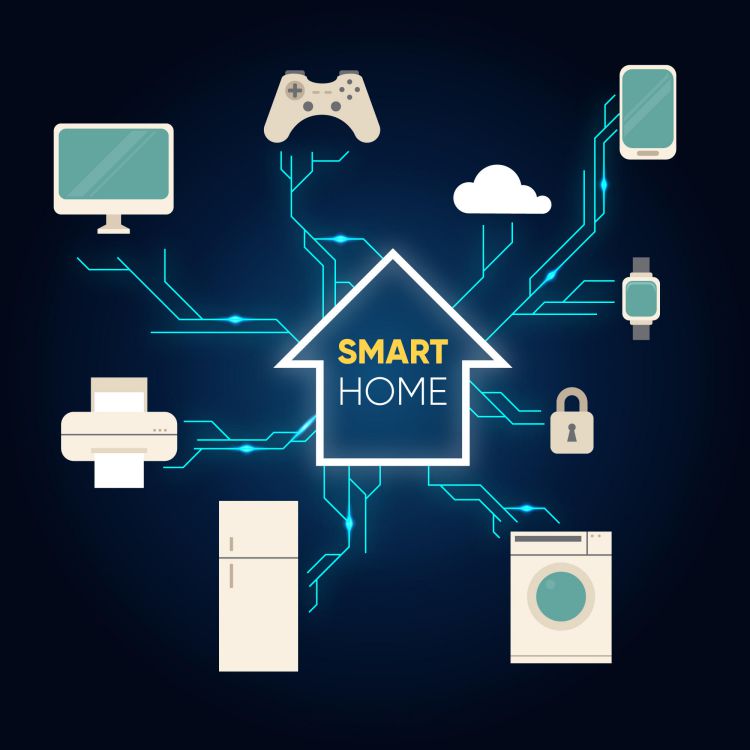
Discussion of the potential impact of IoT on society and the economy
As devices become smarter, jobs will shift, cities will be more efficient, and resource consumption could be optimized. This interconnected world can lead to a more informed, efficient, and environmentally conscious society.
The profound economic implications cannot be overstated. As per Gartner, the economic value-add of IoT exceeded $1.9 trillion across sectors by 2020. This revolution might just parallel the internet boom of the ’90s.
The Future of IoT: Trends and Predictions
As technology continues to advance, the Internet of Things (IoT) is becoming more prevalent in our daily lives. It is predicted that by 2025, there will be over 75 billion devices connected to the internet, making IoT technology an integral part of our future. Here are some trends and predictions for the future of IoT.
Emerging technologies and trends in IoT
Advancements in AI and machine learning mean devices won’t just gather data but make sense of it in real time. The rise of edge computing allows for data processing closer to where it’s generated, reducing latency. Additionally, the rollout of 5G networks will further enable devices to communicate more rapidly and reliably.
Predictions
As IoT continues to mature, we can expect a deeper integration into our daily lives. Industries, from entertainment to healthcare, will be redefined. IoT will redefine jobs, create new industries, and phase out obsolete practices. Our homes, cities, and workplaces will become ‘smarter’ and more responsive. Children, getting early exposure through “coding for kids” initiatives like Codiska, will be at the forefront of this evolution.
Discussion of the ethical and societal implications
Ethical considerations around data ownership, usage, and privacy will dominate discussions. As technology outpaces regulations, a proactive approach to ethics becomes crucial, and ensuring transparency and ethical use will be paramount.
IoT Security: Protecting Devices and Data
With the rise of smart devices and the Internet of Things (IoT), it’s more important than ever to ensure the security of your devices and data. Hackers are constantly looking for vulnerabilities to exploit, and unsecured devices can be a prime target.
Overview of the security risks
The interconnectedness, which is IoT’s strength, is also its Achilles’ heel. A single breach point can compromise a whole system. Every device added to the network is a potential vulnerability point. From simple devices like coffee makers to more complex systems in cars, any breach can have significant consequences. From DDoS attacks leveraging IoT devices to ransomware targeting smart cities, the threats are manifold.
Protection measures
To counter these risks, both hardware and software solutions are being employed. These include firewalls for IoT devices, encrypted communications, and regular software updates. Companies are focusing more on designing with security from the inception of a device rather than as an afterthought. Beyond hardware firewalls and encryption, a comprehensive IoT security strategy involves regular firmware updates, robust user authentication, and ongoing monitoring for unusual patterns.
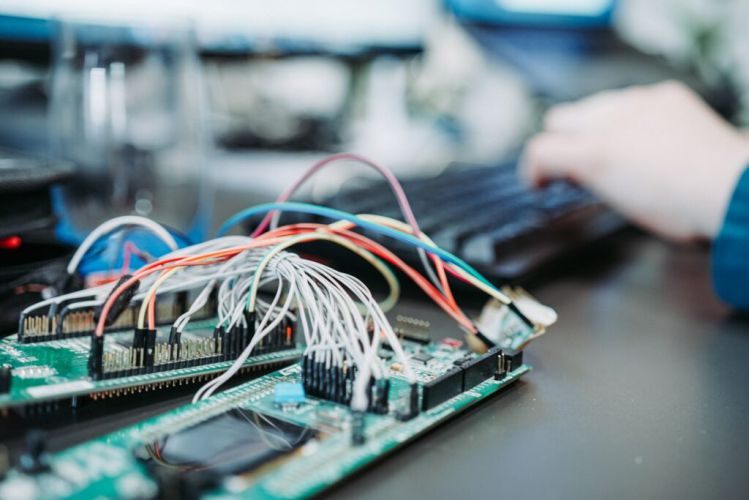
Iot for kids
The Internet of Things (IoT) is a fascinating topic that children can learn about. However, how can we make them understand this advanced technology and its significance for their future? Let’s simplify it and explore how studying IoT can be beneficial and exciting for kids!
Explaining IoT to Children with Ease!
Introducing the Internet of Things to children is simpler than you might imagine. By offering relatable examples, kids can easily grasp this concept, as it’s seamlessly woven into their everyday lives. Take, for instance, a cell phone or a wristband tracking steps and monitoring heart rate – both shining examples of IoT devices.
Venturing through the home unveils a myriad of IoT wonders, from smart temperature sensors and doorbells to video cameras and digital assistants. What captivates young minds even more is the fact that many of these devices come with user-friendly apps for control and data exploration. This hands-on experience vividly showcases how these devices leverage their internet connection to share information and respond to commands, making the Internet of Things an even more fascinating world for kids to explore.
Conclusion
The Internet of Things, with its myriad applications, holds the promise of a more interconnected and efficient world. From the way we live our daily lives to the functioning of entire cities, the potential for transformation is immense. It promises a reimagined world, one that’s interconnected, intuitive, and innovative. But with great power comes great responsibility. Ensuring security, privacy, and ethical considerations keep pace with technology is paramount. Through educational initiatives, such as Codiska’s “coding for kids“, we arm the next generation not just with skills but with the awareness and responsibility to shepherd this technology ethically and safely into the future. The future belongs to the informed, the curious, and the code-savvy!
Image by rawpixel.com on Freepik – Image by Freepik – Image by Freepik



